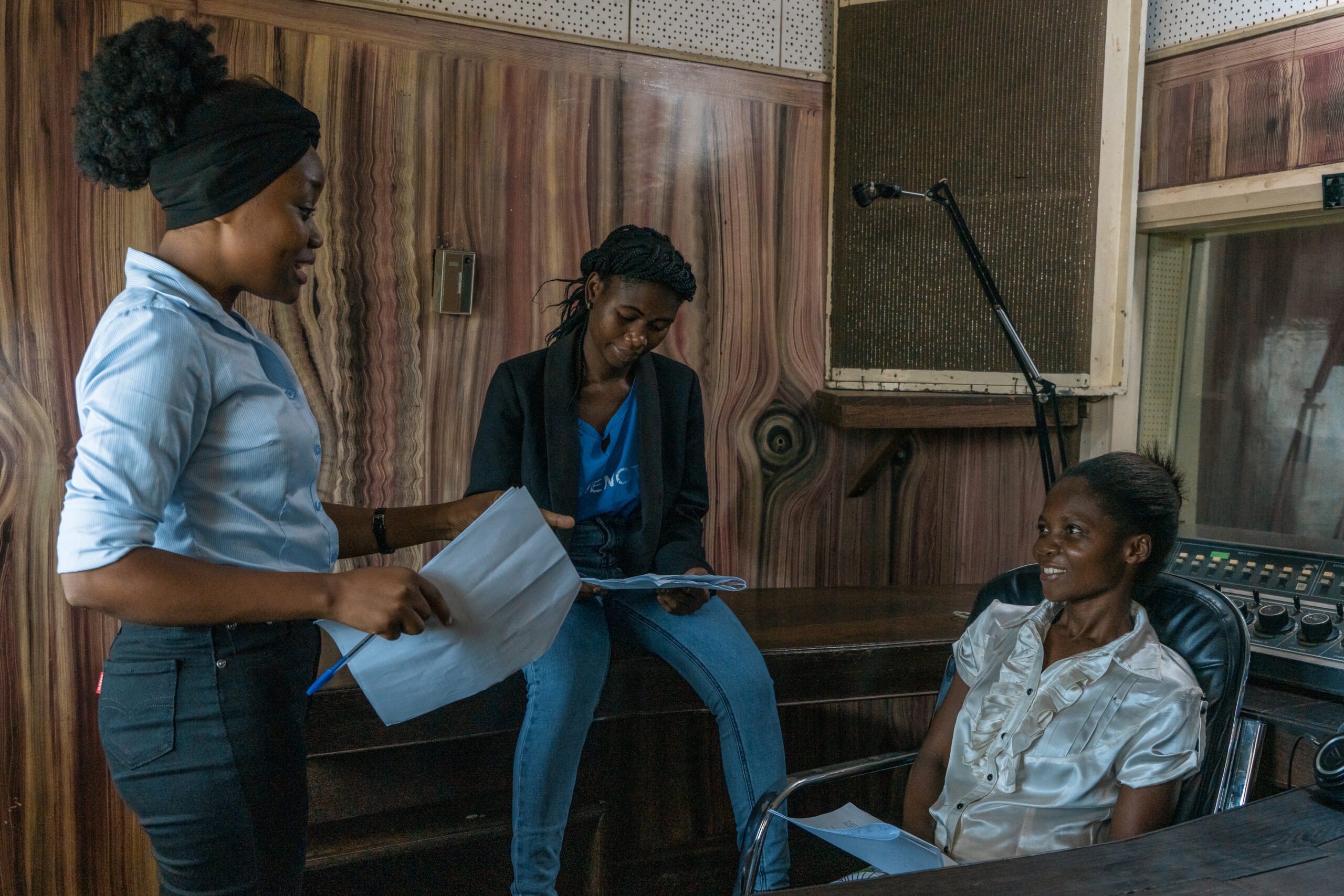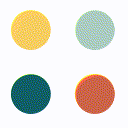Would you buy a smartphone without software? Then why are development dollars invested almost exclusively in the “hardware” of international humanitarian assistance?
As anyone who has used a computer or smartphone knows – an investment in hardware requires adequate investment in software. No one would buy an iPhone without iOS. And once the iPhone is configured, we are swiping to the iStore for even more software to customize a powerful piece of hardware for each of our individual lives.
In 2021, an estimated US $31.3 billion was given in international humanitarian assistance from governments, European Union (EU) institutions, and contributions from private donors (Development Initiatives, July 2022).
An overwhelming amount of these funds were spent on what I like to call, the hardware of development – physical, human, and legislative infrastructure, facilities building and management, supplies technical training, and access to services. The hardware of development is critical to maintain the global advances in poverty reduction, health outcomes, social equity, and environmental sustainability. Clearly, without this “hardware” outcomes for millions would be much worse.
In comparison, a miniscule amount of development dollars is allocated to what I call the software of development. These are the dialogic communication approaches that help individuals and communities to: interrogate and process the support provided, negotiate new norms, and integrate new and better practices into their daily lives.
This is the magic of software – it can transform something hard, cold, and technical into something that one cannot imagine their life without, in a single generation.

Voice actors recording Ouro Negro
Ouro Negro – a production that PCI Media launched in 2014 with UNICEF, exemplifies the power of bringing software and hardware together to achieve ambitious outcomes.
UNICEF supplied the hardware: The UNICEF “Facts for Life” framework and health services to help Mozambicans give birth to and raise healthier children in a country where preventable disease is a leading cause of child death.
Over 8 seasons, PCI Media combined UNICEF’s lifesaving hardware with culture-shifting software. Ouro Negro and its characters captured the imagination of a nation– developing an audience of 6 million, and gained support from Radio Mozambique, WFP, and Canada Grand Challenges.
In 2022, an independent study found that 90% of Ouro Negro audience members changed at least one health behavior for the better. And 75% of audience members were sharing what they’d learned with others. The people of Mozambique interacted with development software that helped them understand how to actually use UNICEF hardware in their everyday life. The cost per listener? 44 cents per year.
All large tech firms make significant investments in software because they know a solid user experience increases adoption and retention, which in turn increases profit. The way I see it, the currency of development is progress, and the sector needs greater investment in software so that we can see more progress for more people across the globe.


Recent Comments